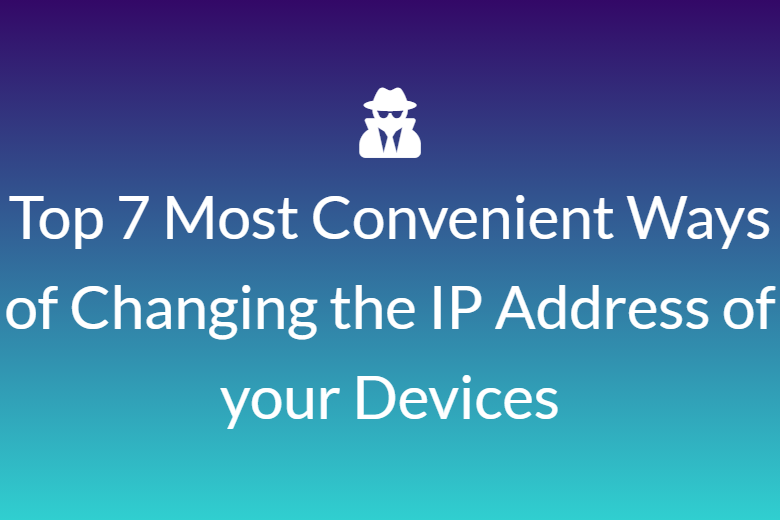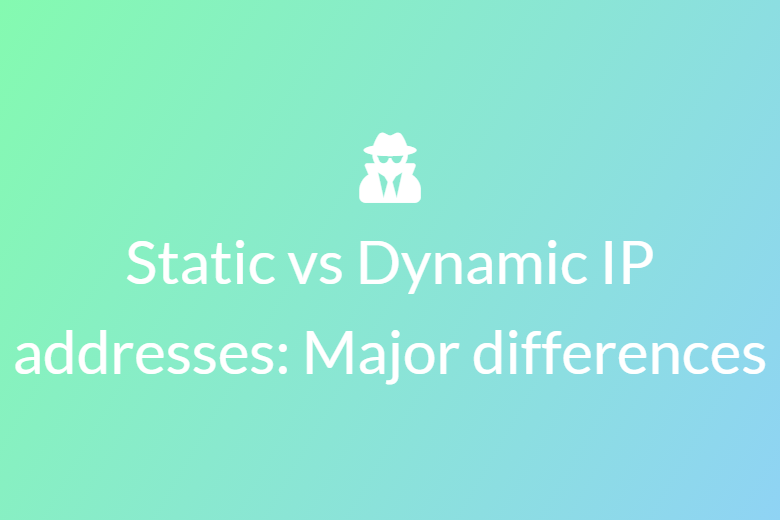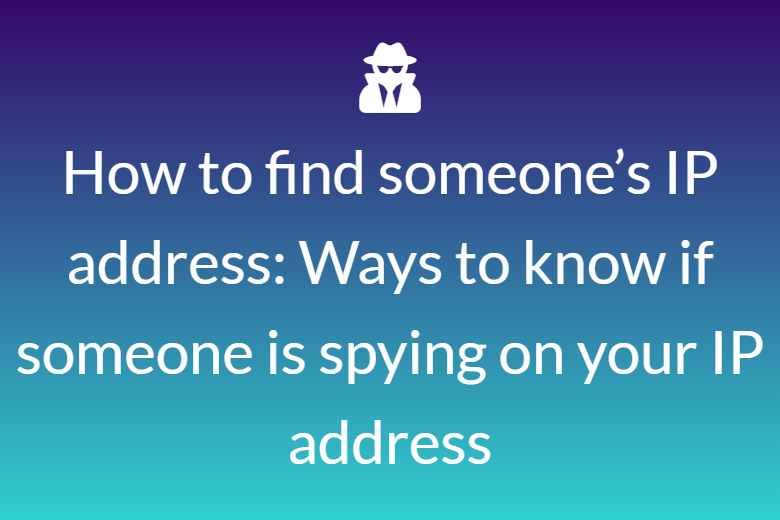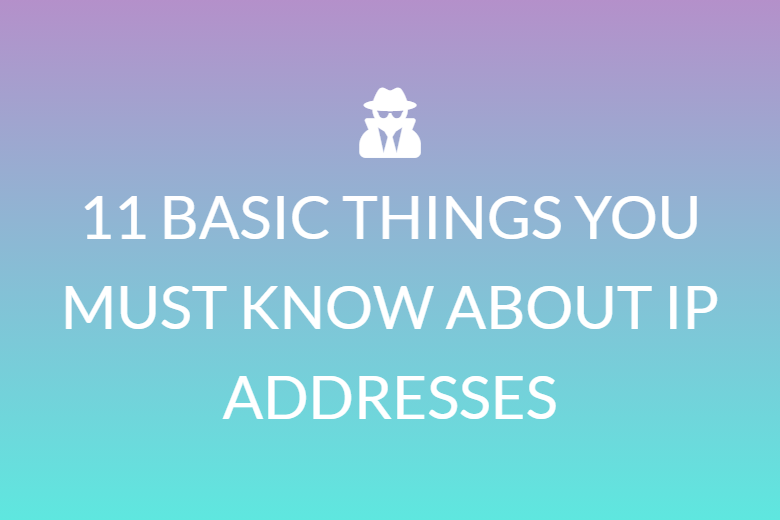EVERYTHING YOU NEED TO KNOW ABOUT IMAP: HISTORY AND WORKING
When you open an email account, you often have to choose whether you want to use POP or IMAP as your email protocol. This question can be completely perplexing to the inexperienced. The option you choose will have a significant impact on how you send, receive, and use email messages. This is why it is so important to know about them.

POP (Post Office Protocol) was once the most used email protocol. However, most people now prefer IMAP (Internet Message Access Protocol). Learn more about IMAP, its history, working, and its primary benefits, in the sections below.
What is IMAP? What does IMAP mean?
As the term suggests, Internet Message Access Protocol (IMAP) allows you to access your email messages from anywhere. Most of the times, this takes place via the Internet. Email messages remain saved on servers. Your email client connects to the server every time you check your inbox. This is how it links you to your mails. When you read an email using IMAP, you do it from the server rather than downloading or saving it on your computer. As a consequence, you may check your email from a variety of devices with no interruptions.
History of IMAP
Mark Crispin invented IMAP in the 1980s at Stanford. Crispin eventually moved to the University of Washington. Here, he worked on the IMAP specifications and reference implementation for 20 years. The IMAP specification is in the form of a “Request for Comments” (RFC). It is a guide outlining how to implement the protocol that the Internet Engineering Task Force has adopted as a standard. RFCs are subject to change or revision. The current RFC that describes IMAP is RFC3501, which came out in 2003.
The purpose of creating IMAP was to find a better alternative to an older protocol (POP). It had the goal of permitting manipulation of remote mailboxes as if they were local. POP operated by downloading mail to your local machine. It would then delete it from the server. This made it difficult to manage your mail if you used multiple computers.
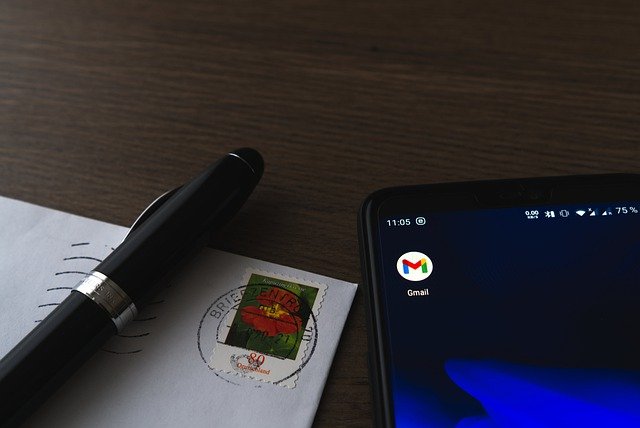
IMAP’s original version got lost in time. The first version to make it into the standards was IMAP2 (published in 1988). The early version of IMAP only enabled online operation. Basically, it assumed that when reading or editing messages, your mail client will always remain connected to the server. A simple sequence number acted as the identifier for your mails. Client sessions did not have consistent sequence numbers. Hence, you could not use it to sync a copy of your mailbox locally. Hence, updating your local copy when you reconnected, was also not possible.
With the onset of the dialup era, it was clear that constantly using your phone line to read your email was problematic. The introduction of IMAP4 in 1994 added the support for “disconnected” actions on IMAP. This update to the protocol introduced persistent message identifiers (often known as “UIDs”). It also had complete draught spec describing how to use IMAP commands to sync changes made to locally cached data to data stored on an IMAP server. Detached operation is an essential feature for current apps. Hence, the protocol’s evolution over time is a major reason why building IMAP clients is difficult in the present era.
Since 1996, the core IMAP protocol has remained unaltered. Since then, optional extensions to the protocol generated new features. Some of these extensions have become standards. However, acceptance of even the most prevalent extensions varies significantly amongst email service providers.
What is IMAP server? How does IMAP work?
Think about IMAP as a middleman between your email client and your email server. When sending and receiving email messages, you always use email servers. However, until you specifically delete them from IMAP, they stay on the server. When you sign into an email client, it uses IMAP to communicate with the email server. You can then sea all of your email messages’ headers. When you choose to read a message, IMAP downloads in an instant so you can see it. It does mot download any email unless you need to open them.
Other email protocols vs IMAP
IMAP is a newer and more advanced mail storage and retrieval standard than POP. You can only store and handle emails on device with POP. As a result, POP is simpler to set up and maintain. It is also more stable and trustworthy than IMAP.
POP, has a more limited set of features. It merely lets an email application to download messages to a computer or device. A copy of it remains on the server for later download. POP allows your client to keep track of already downloaded messages. However, this process may often fail. This may lead to repeated downloads of the same message. Furthermore, you cannot use POP to access the same email account from several devices. You also cannot have synchronized actions among many devices.
The IMAP standard does not address delivery of emails. To send emails, you will need to configure your client to use Simple Mail Transfer Protocol (SMTP).
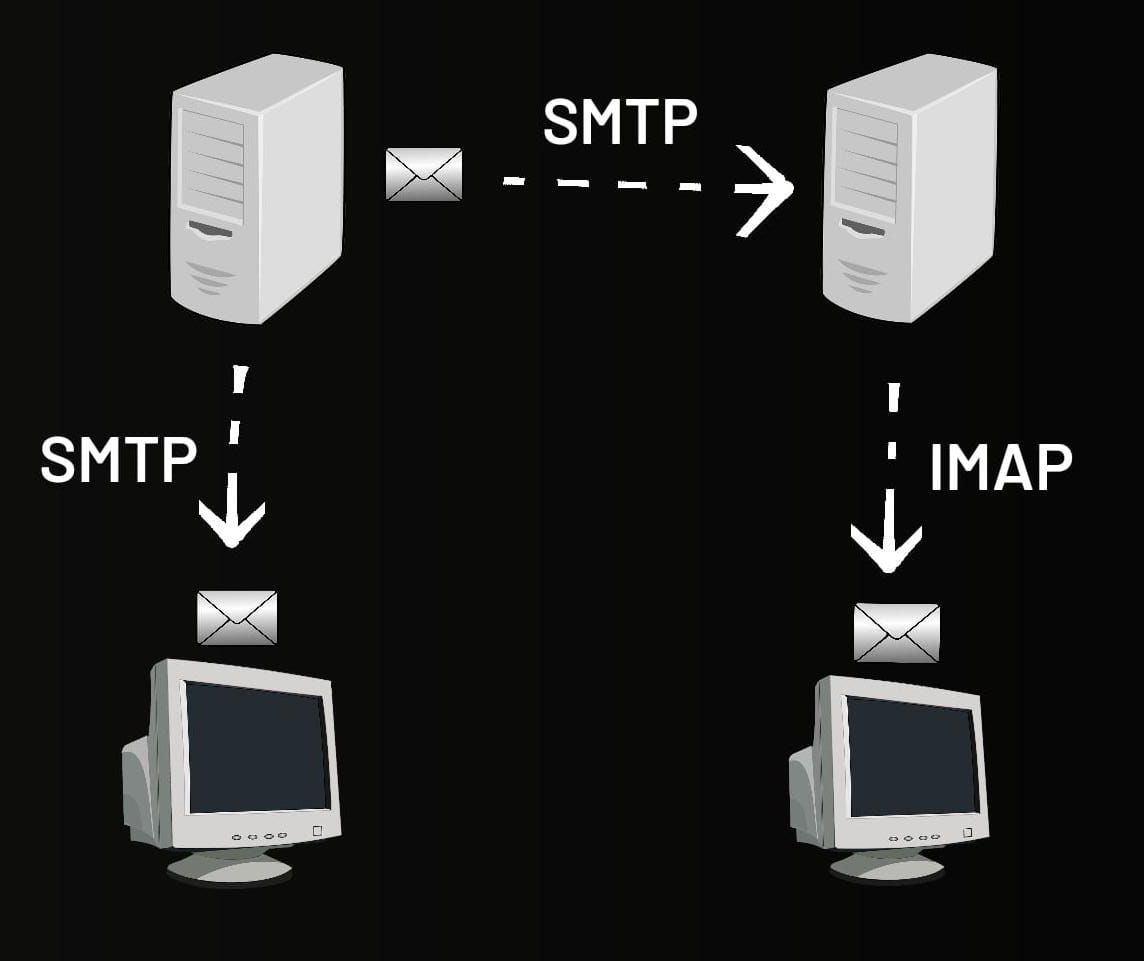
What is Simple Mail Transfer Protocol? How does SMTP work?
Gmail, Thunderbird, Outlook are all examples of email clients. Your email client sends your email messages to your email server using the Simple Message Transfer Protocol (SMTP). Usually your email service provider hosts your email server. For example, Google hosts Gmail. However, your Internet service provider can also host your email server. Most often this is the same one that hosts your domain. The email server then uses SMTP to deliver your message to the mailbox of your recipient’s email server.
IMAP extensions
The fundamental IMAP standard permits extensions to the protocol and individual commands. IMAP extensions have had definitions and implementations in a variety of ways. The following are a few of the most popular.
IDLE allows you to get email notifications in real time.

SORT sorts messages on the server. This enables the email application may download just the ones it needs.
THREAD enables email clients to obtain related messages. You do not have to download all of the messages in a folder.
CHILDREN implements a folder hierarchy.
ACL (Access Control List) defines individual users’ rights in each IMAP folder.
The Internet Message Access Protocol (IMAP) Capabilities Registry has a comprehensive list of IMAP extensions. In addition, Gmail contains a few IMAP-specific extensions.
What are the benefits of using IMAP?
Using IMAP has a number of advantages. To begin with, it allows you to access your email messages from any location. It also enables you to access mails from as many devices as you would like.
Second, IMAP helps in syncing your email message. Email communications, mostly get saved and sorted on an email server in folders. Computer and mobile email clients mimic that structure and sync operations with the server. Such operations can be deleting or moving messages, for example. You can easily move messages between folders. You will then get the same view of your account irrespective of how you access it. You can access it directly online or through a client using IMAP and see the same thing.
Third, it downloads a message only when you click on it. As a result, you will not have to wait for the server to download all of your new messages before you can view them. This saves a lot of time and valuable data.
Fourth, IMAP does not automatically download attachments. As a result, you can check your messages much faster. This also gives you much more control over which attachments you access.
Finally, you can utilize IMAP offline in the same way as POP. This means that you get to enjoy the best of both worlds.
What are IMAP’s disadvantages?
IMAP’s extensive features make it more difficult to use. There are several instances of this. After sending a message using SMTP, you must resent via IMAP. This is a must in order to save in the Sent folder of the IMAP account.
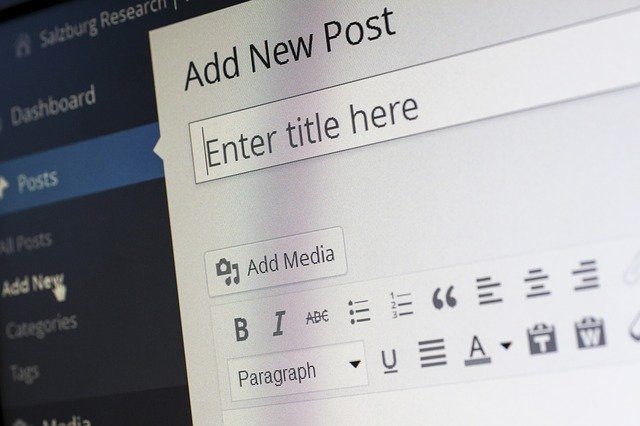
IMAP is complex to implement. Plus, different IMAP email clients and servers may interpret the protocol differently. Incomplete execution, private extensions, bugs, and errors, may cause problems for programmers. Email functionality may also be slow and inefficient for users.
Why is it important to know about this?
Users send a total amount of 225.3 billion emails each day around the world.
Despite the emergence of alternative forms of online communication, such as social media, live streaming, and so on, email communication technology continues to advance. That means people will continue to use it even if they adopt new communication methods.
You want your emails to be sent quickly and safely to their intended recipients, especially if they are business communications.
You will be easily able to do the following if once you figure out the process of transmission of emails:
- Take command of your email’s distribution process.
- Have a better understanding of the mechanisms that influence email delivery.
- Increase the deliverability of your emails and the engagement of your receivers.
As a result of this, you will get higher engagement and receive more responses from interested prospects.
We hope that this blog will help you in the learning more about IMAP and how email works in general. Happy e-mailing!


